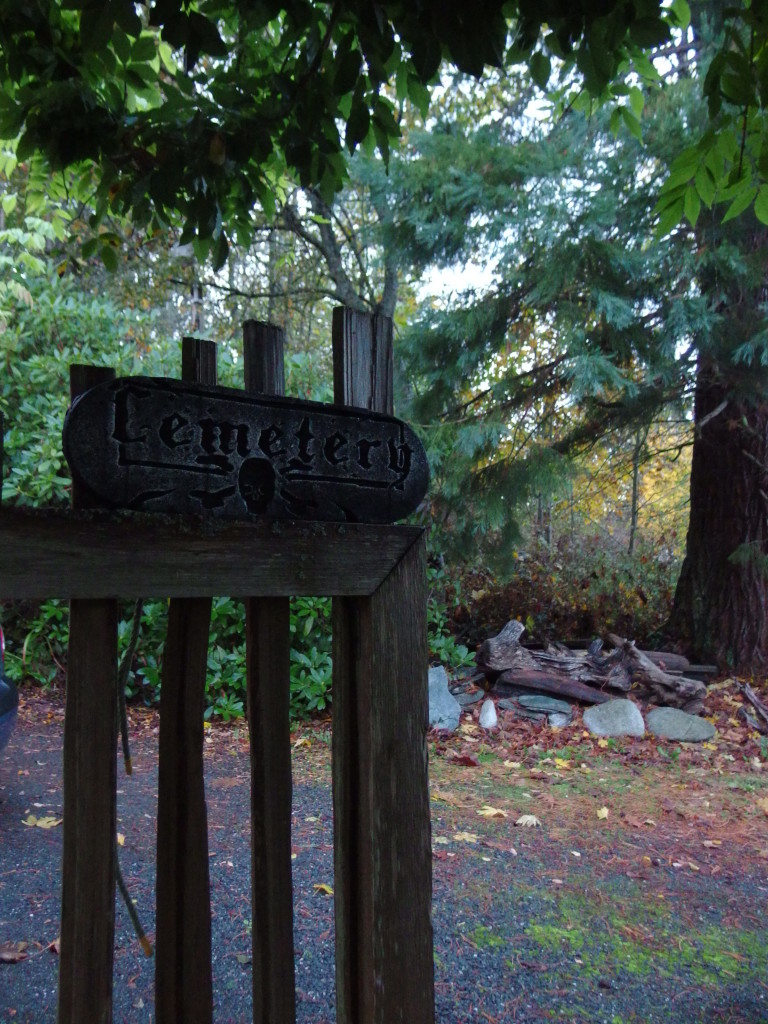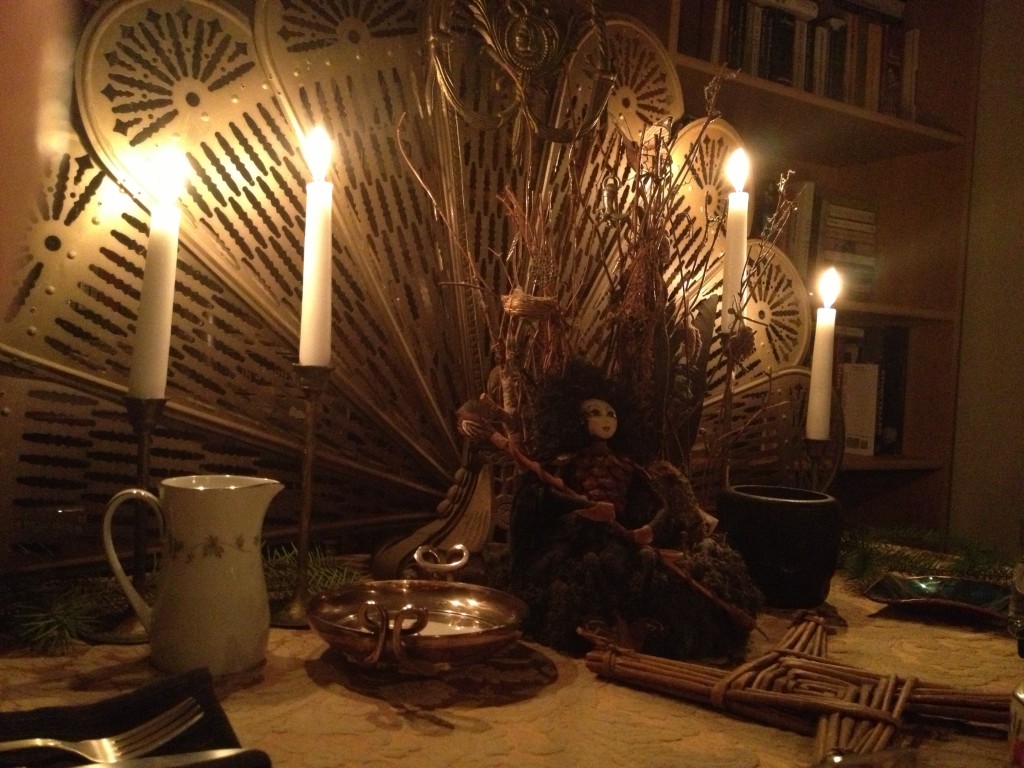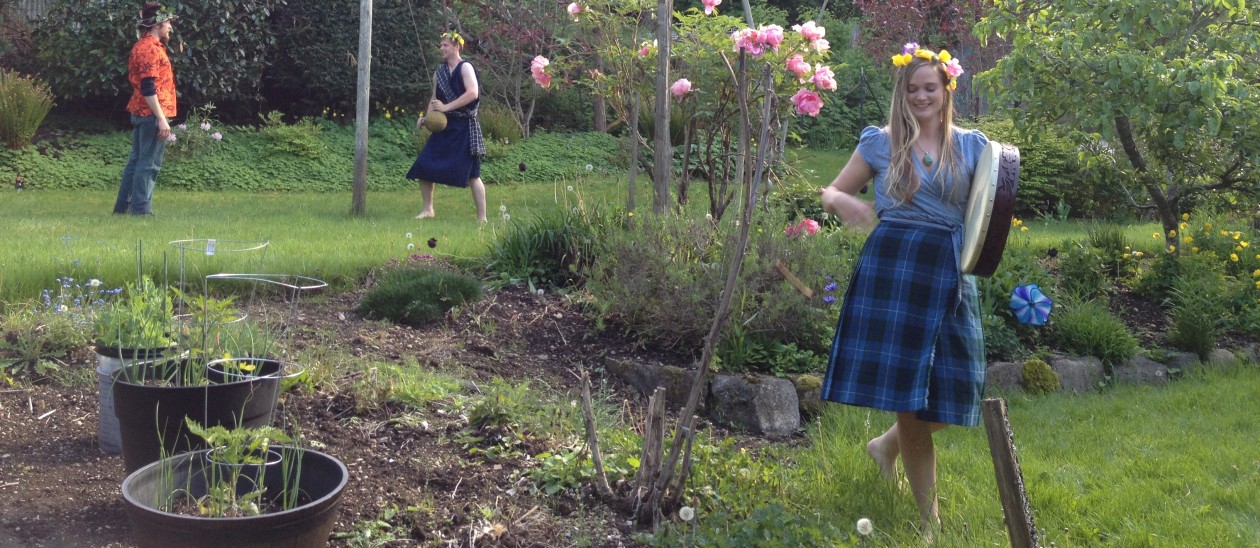All posts by scarlett
Bedknobs Broomsticks – Substitutiary Locomotion
Suspiria (1977)
WARNING: This is a horror movie trailer. It contains acts of violence and blood.
Bewitched as Feminist Media

Bewitched tweaked ’60s gender roles and became one of the first feminist sitcoms
A moment late in the episode—when Darrin commands Samantha to stop using witchcraft, even though that’s central to who she is—is surprisingly powerful stuff, even if the chuckling laugh track and overbearing score work as hard as they can to keep things light and pleasant. And as the episode digs deeper into that idea, the show’s true power becomes evident: This is a show, no matter how goofy, about the growing power of women in both the home and society at large in the 1960s. It’s a show about how men weren’t sure how to deal with that, and about how couples where the husband and wife truly loved each other could find solutions to even the most difficult of conflicts by showing each other courtesy and respect.
CocoRosie – Gallows
David Bowie – Blackstar
Pre-History: Separating Religion and Magick

Pre-History: Separating Religion and Magick
One challenge faced in studying magick is trying to differentiate what is magick or witchcraft from the concept of religion. Much of religion revolves around magickal thinking, ritual, and symbolism, and much of magick revolves around gods or spirits and the enforcement of moral and social order. Trying to find an agreed-upon definition of religion is tricky, but trying to find a definition that clearly outlines how magick does not fit this mold has proven to be a trip down a rabbit hole rife with cultural bias, outdated theories, and academic shoulder-shrugging. The general consensus seems to be there is no general consensus. Many seem to define magick as what “others” do, as compared to what “we” do. However some scholars have tried to expand this definition to be more inclusive. Durkheim defines religion as
“…A religion is a unified system of beliefs and practices relative to sacred things, that is to say, things set apart and forbidden — beliefs and practices which unite into one single moral community called a Church, all those who adhere to them. The second element thus holds a place in my definition that is no less essential than the first: In showing that the idea of religion is inseparable from the idea of a Church, it conveys the notion that religion must be an eminently collective thing.” (Durkheim 44)
This leaves the door wide open to include magick, however it seems to limit the concept to magick that is specifically prescribed and sanctioned by an organized spiritual community. This would mean that the rites of communion or baptism in the Christian faith could be seen as magickal, but the love spell of the local cunning woman is not usually seen as religious. However, this delineation is not so clear when we discuss religions like Vodou, where a practitioner might appeal to the loa for assistance in the matters of love. Is this magick, religion, or both? The best conceptualization I can come up with so far is that magick and religion almost always go hand in hand as facets of one another, but are not the same thing as a whole. There are exceptions to this correlation, but even many of those are not as clear-cut as to make it easy.
It is likely that humanity’s first expressions of religion have their roots in magickal practices. Apotropaic magick, or protection magick used to ward off bad luck or evil intent by spirits or other people, is one of the earliest forms of magick known, dating back at least to the Paleolithic era (Miller 768). Apotropaic magick frequently utilizes a physical object or gesture such as an amulet, sigil, or making the sign of the cross. The flip-side of this practice is the use of a talisman or “lucky charm” to draw luck or good fortune to the possessor. Both the amulet and talisman are not limited to trinkets, sigils, and gestures. Actions and avoidance of actions or objects can be used as well. Not walking under a ladder can be seen as an apotropaic act, because to do so is to avoid bad luck. These objects and actions bring the supernatural into the physical world, giving the user a substantive and tangible reminder of the forces that are working in their favor.
The advent of tangible symbols such as the corpulent Venus figures of Paleolithic and Neolithic Europe was likely to ensure fertility using the philosophy of sympathetic magick, or “like begets like”, which is a common theory in the construction of magickal practices around the world. By making symbolic mental connections and observable cause and effect, early humans concluded that an object shaped like a human in nature could function as a symbolic homunculus for a living human and be used in the healing or harm thereof. To endow this object with the physical essence of that person, such a bit of hair or bodily fluid would strengthen that bond. As civilizations began to drift towards agriculture, the need to control the weather and other natural forces became critical. Observing that oak trees tended to be struck by lightning more often than other trees, the oak became associated with the Thunder God for many Indo-European cultures (Frazier). Therefore, the acorn had the power to protect the bearer from lightning strikes. Managing disease in a world without germ theory meant trial and error. The enigma of mental illness and neurological disorders meant the victim was possible possessed, and exorcisms or trepannation often followed. As none of those forces were controllable by what we consider conventional means today, magick became a reasonable response. Most importantly, it clearly often worked.
The continued reliance on magick in the modern world when other alternatives are available is a testimony to its importance to humanity. We still rely on supernaturally charged symbols, whether it is a rabbit’s foot or a crucifix. The placebo effect works, but science still cannot explain exactly how. We are still acting out tiny rituals and beliefs that have been a part of our human culture for tens of thousands of years. Magick gives modern humans the same sense of control and power over our own destinies that it gave our Paleolithic ancestors and every subsequent generation since.
References
Durkheim, E. (1965). The elementary forms of the religious life. New York: Free Press.
Miller, B. D., & Wood, B. A. (2006). Anthropology. Boston: Pearson/Allyn and Bacon.
Merrifield, R. (1988). The archaeology of ritual and magic. New York: New Amsterdam.
Russell, J. B. (1980). A history of witchcraft, sorcerers, heretics, and pagans. London: Thames and Hudson.
Vitebsky, P. (2001). Shamanism. Norman: University of Oklahoma Press.
Cavendish, R., Burland, C. A., Innes, B., & Eliade, M. (1995). Man, myth & magic: The illustrated encyclopedia of mythology, religion, and the unknown. New York: M. Cavendish.
Frazer, J. G. (1951). The golden bough; a study in magic and religion. New York: Macmillan.
Chaos Magic, The Occult, and Shamanic Sigil Creation
Poly Styrene – Trick of the Witch – Live 1983
The Nature of Magick

The Nature of Magick
Magick is a vague term. How its practices differ from the rituals of religion or the dark corners of psychology is a matter of frequent debate. Its origins are clearly in what is usually considered to be the “superstitious” observations of early man. We witnessed coincidental events and drew a connection of cause and effect, or believed a certain root’s human-like form gives it inherently healing or harmful properties. However, how do these so-called “superstitious” observations differ from Freud’s conclusion that phallic objects hold the power to trigger neurotic behaviors in people under the right circumstances? Does this make magick psychological, or does it make psychology magickal? This extension of magical faith does not end with the mysterious workings of the human mind. As someone with an autoimmune disease, I can personally attest to the fact that while much of modern medicine is rooted in explainable science, many diagnostic methods are based on little more than educated intuition. To the patient, hearing your doctor say, “It’s not disease X or disease Y, therefore it must be disease Z, so we are going to throw this highly toxic treatment at it. We won’t know if it works, we will only know if it isn’t working and you get sicker.” is not very comforting.
Yet we don’t question the existence of psychology or medicine. We don’t doubt Wall Street analysts know what they are talking about when they predict the future of the stock market, in spite of the fact that they have proven to be so inaccurate that you would do better with random chance (Light). Why is it the western world is comfortable with these paths of magickal thinking, yet we tend think of the sorcery of the Zande as stemming from a naive and simplistic world view and the practices of the modern Neopagan (among those who do practice magick, which is common but not universal) as silly self-delusion? The reality is, all cultures throughout history have supported some form of magical thinking. We all seek to control our world through whatever means necessary, especially in times of deprivation, danger, or conflict. Magick accesses culturally accepted symbolism and puts it to work in order to alter the fabric of reality. Unlike Witchcraft, which is considered innate to the witch from birth (Vitebsky), magick is a learned discipline and can involve a lifetime of study. The correlation of natural phenomenon, colors, elements, plants, animals, celestial bodies, or enchanted objects must be learned. The moral implications of the practitioner’s actions must be weighed. If the practitioner is to provide their services publicly, they must learn to inspire awe and foster trust. These are often traditions handed down through generations, and their efficacy within their cultures are usually undisputed by those who utilize them.
Many of these beliefs and traditions date back to times and places so ancient and remote that the practitioners don’t even know their origins. In the early 20th century, the hunters of Oregon County, Missouri refused to kill a buck if it was white or showed signs of leucism (Randolph). Most likely they were not aware of the ancient Celtic belief that the white stag was an enchanted messenger from the Otherworld, in spite of the predominately English and Scots-Irish ancestry of the area’s residents. Yet the power of the symbol persisted, and in some locations persists today. Somehow, the notion of the white buck or stag as a taboo animal was handed down through time and across oceans and was kept alive in the New World.
Many magickal practices seem to be based on such arbitrary notions, but once you recognize how a belief removed from its place of origin can change the perception of that belief you can see why. Many groups of American Neopaganism practice the holidays based on the Celtic Wheel of the Year. These holidays fall on the equinoxes, solstices, and the midpoints between these days, sometimes known as the cross-quarters (Cunliffe). While not all Neopagans practice a Celtic based variety of Pagansim, they often conform to this schedule as it increases the possibility of participating in broader community events where their particular group may be underrepresented. One of the more confusing holidays for many Neopagans is early February’s Imbolc, or what is considered “the first day of Spring”. This is confusing to many Neopagans, who see Ostara in late March as being a better candidate for this designation. What is missing from this modern celebration for most Neopagans is the connection the pastoral Celts made between the beginning of February and the birthing of the year’s first lambs. This is not “the advent of sweater weather” as we have come to know Spring in the modern world, but an event that was significant to the survival the ancient people who celebrated this day. An American Neopagan living in the Arizona desert might have hard time wrapping her head around the idea of February 1st as being “the first day of Spring”, but she will practice the rituals and access the symbols of her faith in order to secure a fertile and prosperous year. The origin of the symbol is not what matters here, it is the power of the symbol and the intent of the practitioner that matters.
While magick is a universal concept, its form and implications vary greatly from place to place and at different times in history. In Western Europe and North America, our cultures have gone from revering the sorcerer as village servants, to reviling them as malignant diabolists who curdle milk and eat children, to our current associations of magick with the New Age and Neopagan movement (Russell). In the Age of Information, magick practitioners use the Internet to network and study, giving rise to new symbols, methods, and syncretisms. In spite of our perceptions of our society as being based in science, logic, and progress, we still cross our fingers, pray, play the Powerball with our children’s birthdates, keep good luck charms, make sure there are certain foods on the table for certain holidays, teach our children to not step on a crack or walk under ladders. We inject magical thinking into so many aspects of our lives that we aren’t even conscious of it. If you don’t believe me, try changing the order you do your morning ritual each day. Don’t be surprised if you find yourself feeling “out of sorts” all day, or even possibly invigorated. In concrete reality, this change should have no physical effect on your day. And yet…
References
Light, J. (2013, December 20). Why market forecasts are so bad. Wall Street Journal.
Russell, J. B. (1980). A history of witchcraft, sorcerers, heretics, and pagans. London: Thames and Hudson.
Jolly, K. L. (1996). Popular religion in late Saxon England: Elf charms in context. Chapel Hill: University of North Carolina Press.
Randolph, V. (1947). Ozark magic and folklore. New York, NY: Columbia University Press.
Vitebsky, P. (2001). Shamanism. Norman: University of Oklahoma Press
Cunliffe, B. W. (1997). The ancient Celts. Oxford: Oxford University Press.
